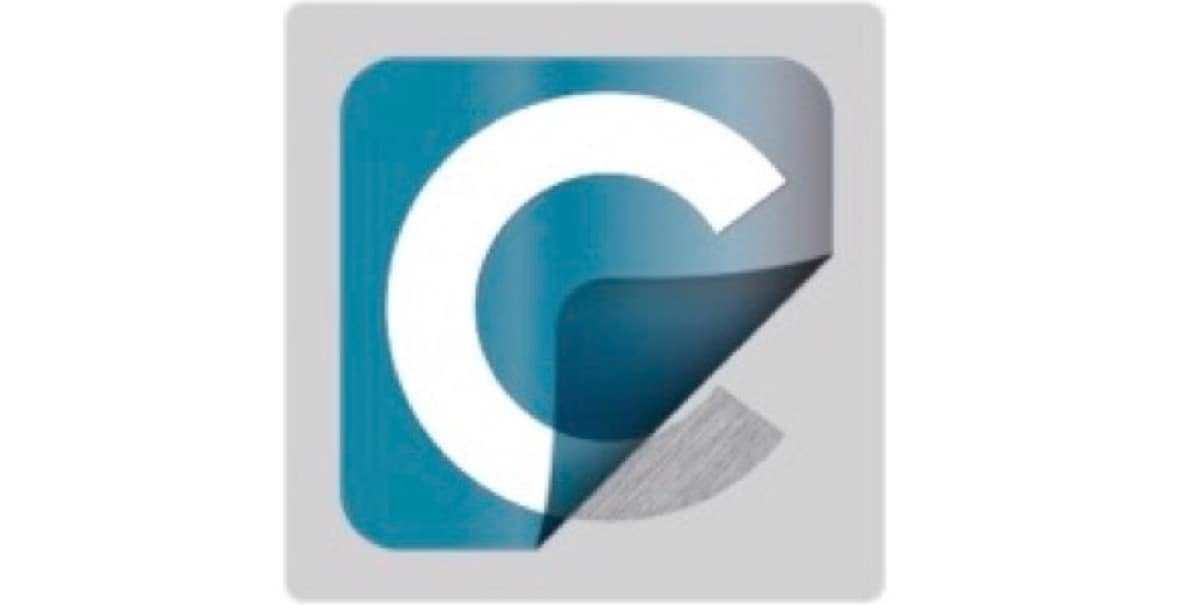

You can separate recipients by subscriber lists, and emails automatically send based on triggers you set. If you’re already sending emails for your blog or shop, you can easily sign up to use an email service provider (ESP), like Campaign Monitor, and automate your emails. It’s called blind carbon copy because the other recipients won’t be able to see that someone else has been sent a copy of the email.

The difference between the two is that, while you can see a list of recipients when CC is used, that’s not the case with BCC. What does BCC mean?īCC stands for “blind carbon copy.” Just like CC, BCC is a way of sending copies of an email to other people. If you’ve ever received a CCed email, you’ve probably noticed that it will be addressed to you and a list of other people who have also been CCed. Just like the physical carbon copy above, CC is an easy way to send copies of an email to other people.

In email sending, CC is the abbreviation for “carbon copy.” Back in the days before internet and email, in order to create a copy of the letter you were writing, you had to place carbon paper between the one you were writing on and the paper that was going to be your copy. Simply put, CC and BCC are two ways you can include more people as recipients in an email. If you’ve ever sent an email, you’ve come across two fields right next to the “To” field: CC and BCC. One of those rules of email etiquette involves the use of CC (carbon copy) and BCC (blind carbon copy). That’s likely why 281 billion emails were sent daily in 2018.īut, as with all forms of communication, there are rules involved in ensuring that communication between you and your recipient is orderly and civilized. It’s simple, straightforward, secure, and takes place in real time. Email is the preferred mode of communication in business, both internally and externally.


 0 kommentar(er)
0 kommentar(er)
